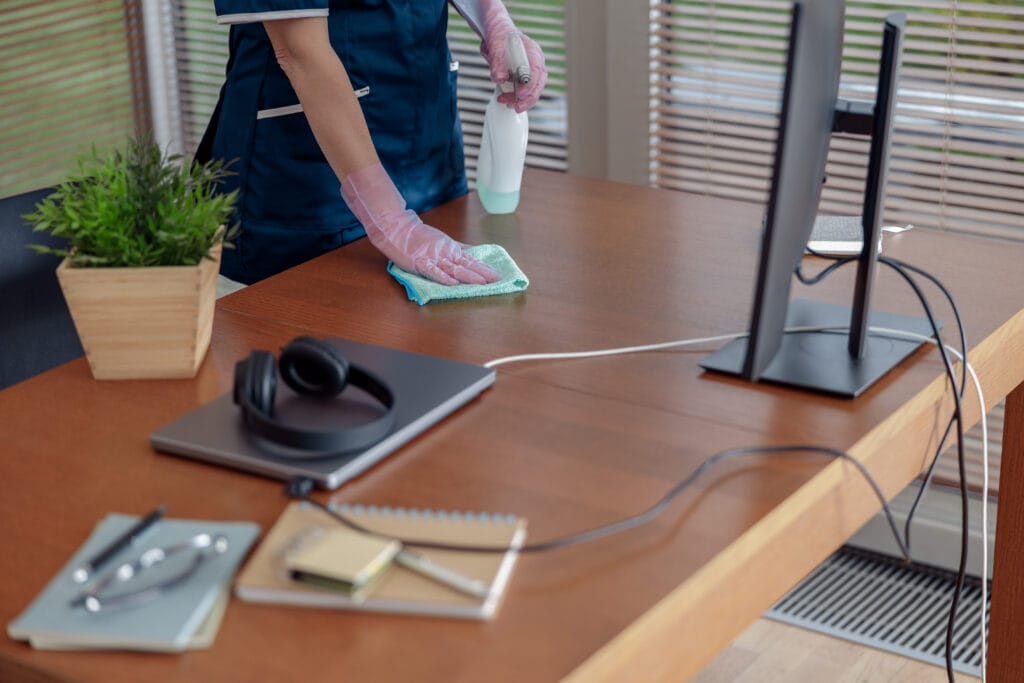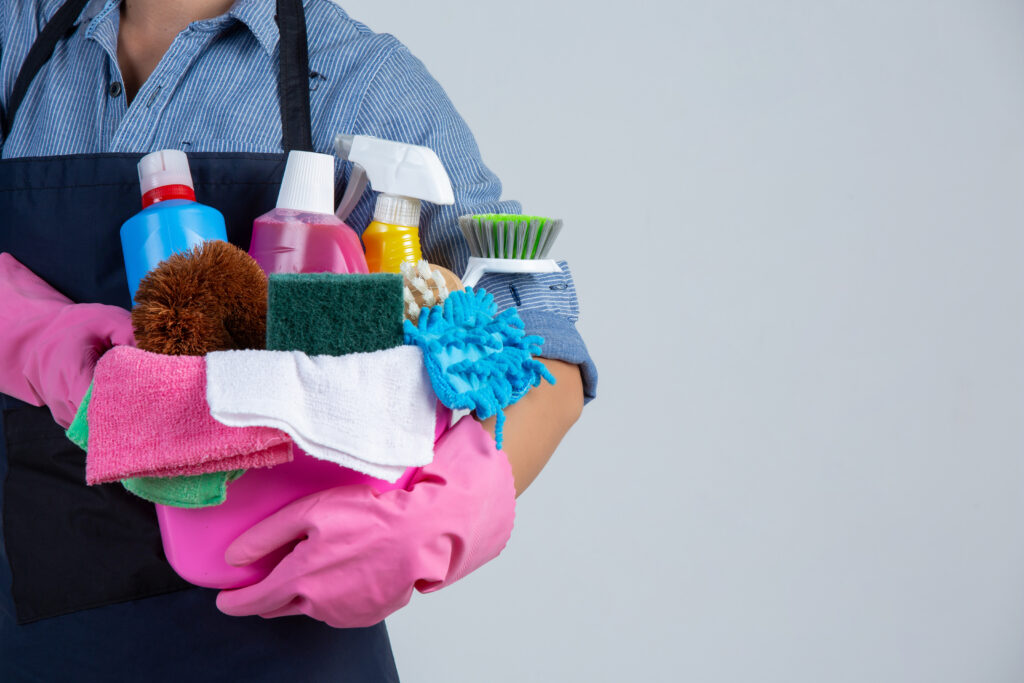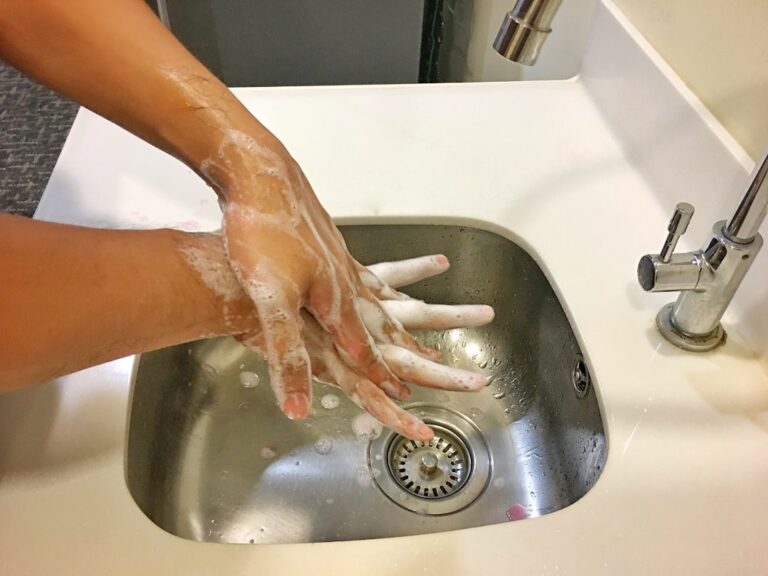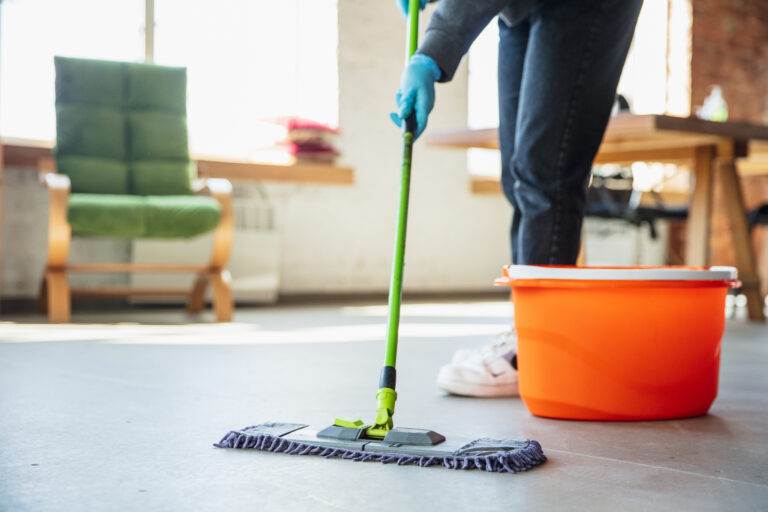Co-working spaces have emerged as a defining feature of the Silicon Valley landscape, reflecting the region’s innovative spirit and collaborative ethos. These shared work environments cater to a diverse array of professionals, from freelancers and startups to established companies seeking flexible office solutions. The allure of co-working spaces lies not only in their modern amenities and vibrant atmospheres but also in the opportunities they provide for networking and collaboration.
As the demand for such spaces continues to grow, understanding the unique challenges they face becomes increasingly important. In Silicon Valley, where technology and creativity intersect, co-working spaces serve as incubators for ideas and entrepreneurship. They foster a sense of community among individuals who might otherwise work in isolation.
However, with this communal approach comes the responsibility of maintaining a clean and healthy environment. The high foot traffic and shared resources in these spaces necessitate rigorous cleaning and disinfection protocols to ensure the well-being of all members. As we delve deeper into the importance of disinfection in co-working spaces, it becomes clear that maintaining a hygienic environment is not just a matter of aesthetics; it is essential for productivity and health.
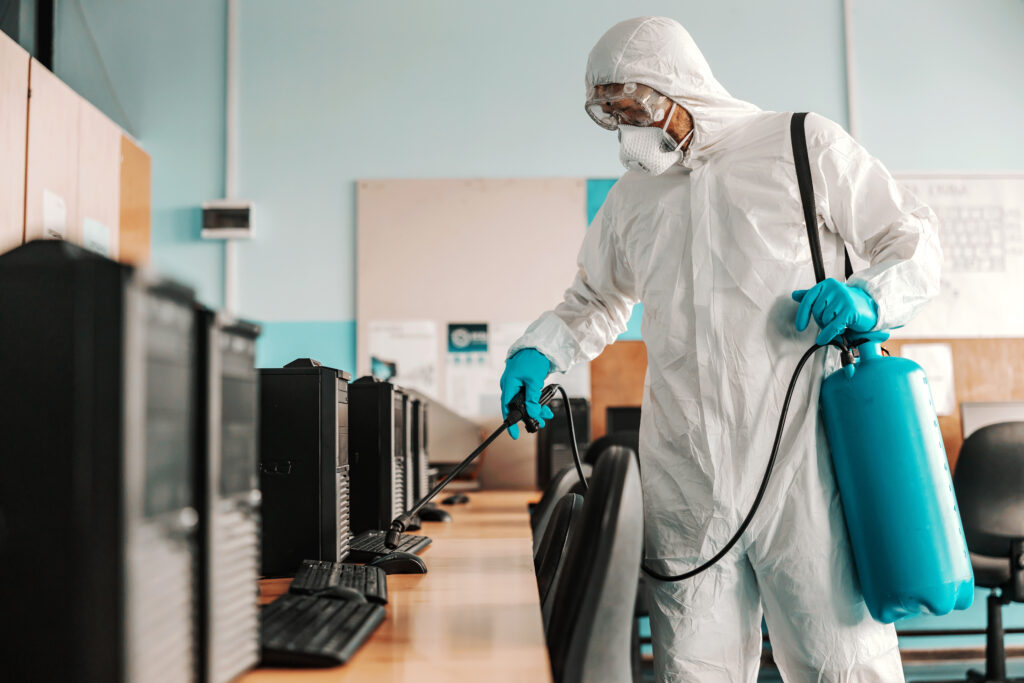
Key Takeaways
- Co-working spaces in Silicon Valley have become popular due to the collaborative and innovative environment they offer to entrepreneurs and professionals.
- Disinfection protocols are crucial in co-working spaces to ensure the health and safety of members, especially in light of the COVID-19 pandemic.
- Best practices for disinfecting co-working spaces include regular cleaning of high-touch surfaces, providing hand sanitizing stations, and promoting good hygiene practices.
- Choosing the right cleaning products for co-working spaces involves selecting EPA-approved disinfectants that are effective against a wide range of pathogens.
- Implementing a regular cleaning schedule for co-working spaces is essential to maintain a clean and safe environment for all members.
Importance of Disinfection Protocols in Co-Working Spaces
A Healthier and More Productive Workspace
A clean workspace not only enhances the overall aesthetic but also contributes to a healthier atmosphere, which can lead to increased productivity and morale. Moreover, the implementation of effective disinfection protocols demonstrates a commitment to member safety and well-being. In an era where health concerns are at the forefront of public consciousness, co-working spaces that prioritize cleanliness can attract more members and retain existing ones.
Fostering Trust and a Sense of Community
This proactive approach not only fosters trust but also positions the space as a responsible and caring community. By investing in robust disinfection practices, co-working spaces can create an environment where creativity flourishes without the looming threat of illness.
Creating a Safe Environment
By prioritizing disinfection protocols, these spaces can ensure a safe and healthy environment, allowing members to thrive and reach their full potential.
Best Practices for Disinfecting Co-Working Spaces
To ensure a thorough disinfection process, co-working spaces should adopt best practices tailored to their unique environments. First and foremost, high-touch surfaces such as doorknobs, light switches, and shared equipment should be prioritized during cleaning routines. These areas are often the most susceptible to contamination and require frequent attention.
Utilizing appropriate cleaning techniques, such as using disposable wipes or cloths that can be discarded after use, can help prevent cross-contamination. In addition to focusing on high-touch surfaces, it is essential to establish a comprehensive cleaning checklist that covers all areas of the space. This includes communal areas like kitchens, lounges, and meeting rooms, as well as individual workstations.
Regularly scheduled deep cleaning sessions should also be incorporated into the routine to address less frequently cleaned areas such as carpets and upholstery. By adhering to these best practices, co-working spaces can create a consistently clean environment that promotes health and well-being.
Choosing the Right Cleaning Products for Co-Working Spaces
Selecting appropriate cleaning products is a critical component of effective disinfection in co-working spaces. It is essential to choose products that are not only effective against a broad spectrum of pathogens but also safe for use in shared environments. Many co-working spaces opt for EPA-approved disinfectants that meet stringent safety standards while effectively eliminating harmful microorganisms.
These products should be used according to manufacturer instructions to ensure maximum efficacy. In addition to traditional disinfectants, co-working spaces may also consider incorporating eco-friendly cleaning products into their routines. These environmentally conscious options can reduce the chemical footprint of the space while still providing effective disinfection.
Furthermore, using non-toxic products can enhance indoor air quality, creating a healthier atmosphere for members. By carefully selecting cleaning products that align with both efficacy and safety standards, co-working spaces can maintain a clean environment without compromising member health.
Implementing a Regular Cleaning Schedule for Co-Working Spaces
Establishing a regular cleaning schedule is vital for maintaining cleanliness in co-working spaces. A well-structured schedule ensures that all areas receive consistent attention, reducing the likelihood of dirt and germs accumulating over time. This schedule should outline daily, weekly, and monthly tasks, specifying which areas require more frequent cleaning based on usage patterns.
For instance, high-traffic areas may need daily disinfection, while less frequented spaces can be addressed on a weekly basis. In addition to routine cleaning tasks, it is important to remain flexible and responsive to changing circumstances. For example, during peak usage times or following events that draw large crowds, additional cleaning sessions may be necessary to maintain hygiene standards.
By implementing a dynamic cleaning schedule that adapts to the needs of the space, co-working facilities can ensure that cleanliness remains a top priority at all times.
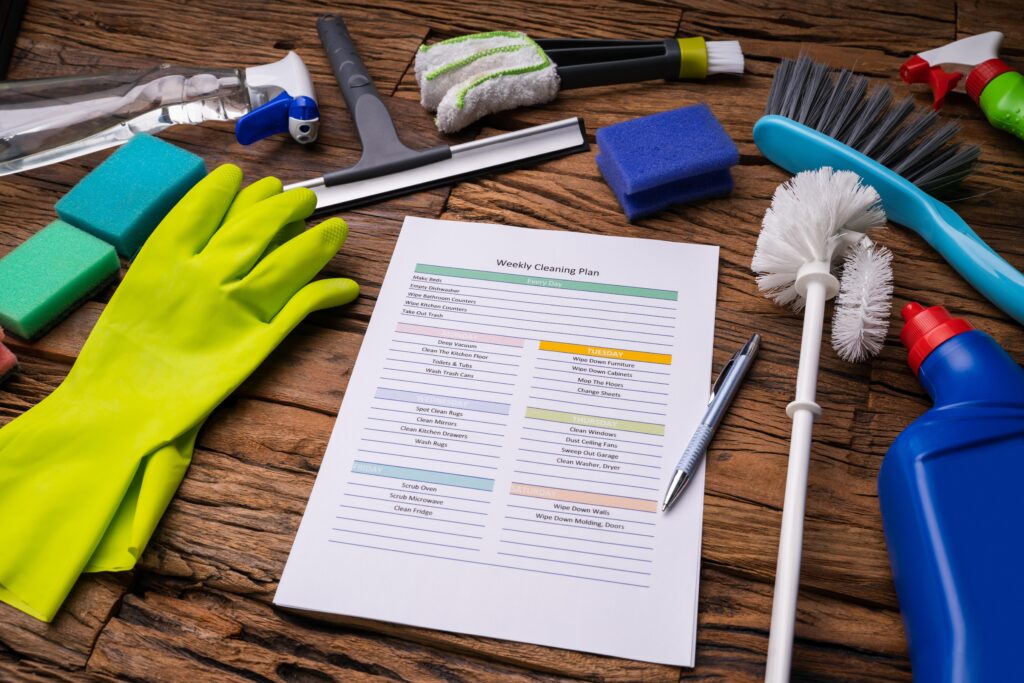
Training Staff on Proper Disinfection Protocols
Comprehensive Training for Effective Disinfection
This training should include information on identifying high-touch surfaces, understanding product usage instructions, and recognizing signs of contamination. By providing staff with the necessary knowledge and skills, they can effectively clean and disinfect surfaces, reducing the risk of contamination and illness.
Ongoing Training for Best Practices
Moreover, ongoing training sessions can help reinforce best practices and keep staff updated on any changes in protocols or products. This encourages staff to take ownership of their roles in maintaining cleanliness, fostering a culture of accountability within the co-working space.
Empowering Staff for a Safe Environment
When employees are well-informed and equipped with the necessary skills, they can contribute significantly to creating a safe and hygienic environment for all members. By empowering staff to take ownership of their roles, co-working spaces can ensure a clean, healthy, and productive environment for everyone.
Communicating Disinfection Protocols to Co-Working Space Members
Effective communication of disinfection protocols to co-working space members is crucial for fostering trust and transparency. Members should be informed about the cleaning practices being implemented, including the frequency of cleaning and the types of products used. This information can be shared through various channels such as newsletters, bulletin boards, or digital platforms associated with the co-working space.
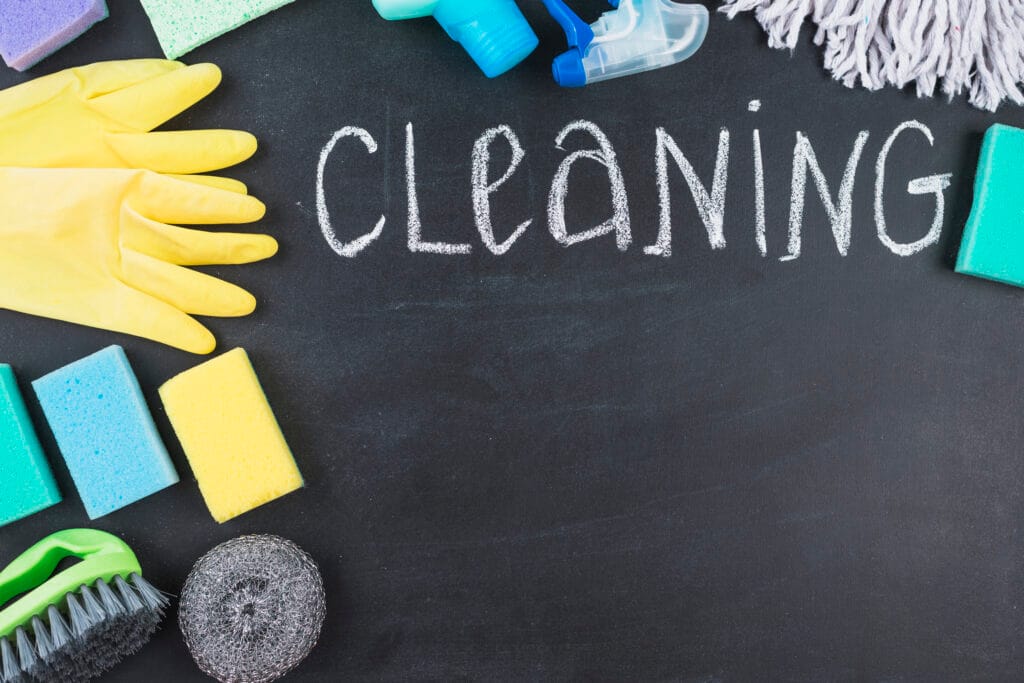
Additionally, providing visible reminders about hygiene practices can encourage members to take personal responsibility for their own health and safety. This could include signage promoting handwashing or reminders to wipe down shared equipment after use. By actively engaging members in the conversation about cleanliness and hygiene, co-working spaces can cultivate a collective commitment to maintaining a safe environment.
Monitoring and Adjusting Disinfection Protocols as Needed
Monitoring the effectiveness of disinfection protocols is essential for ensuring that they remain relevant and effective over time. Regular assessments can help identify areas where improvements may be needed or where additional resources should be allocated. Feedback from staff and members can provide valuable insights into the perceived cleanliness of the space and highlight any concerns that may arise.
As circumstances change—whether due to new health guidelines or shifts in member behavior—co-working spaces must be prepared to adjust their disinfection protocols accordingly. This adaptability ensures that cleanliness remains a priority while addressing emerging challenges effectively. By continuously evaluating and refining their approaches to disinfection, co-working spaces can maintain a safe environment that supports productivity and collaboration among all members.
In conclusion, as co-working spaces continue to thrive in Silicon Valley’s dynamic landscape, prioritizing cleanliness through effective disinfection protocols becomes paramount. By implementing best practices, choosing appropriate products, training staff, communicating transparently with members, and remaining adaptable to change, these shared environments can foster a healthy atmosphere conducive to innovation and collaboration. The commitment to maintaining high hygiene standards not only enhances member satisfaction but also solidifies the reputation of co-working spaces as safe havens for creativity and productivity in an ever-evolving world.
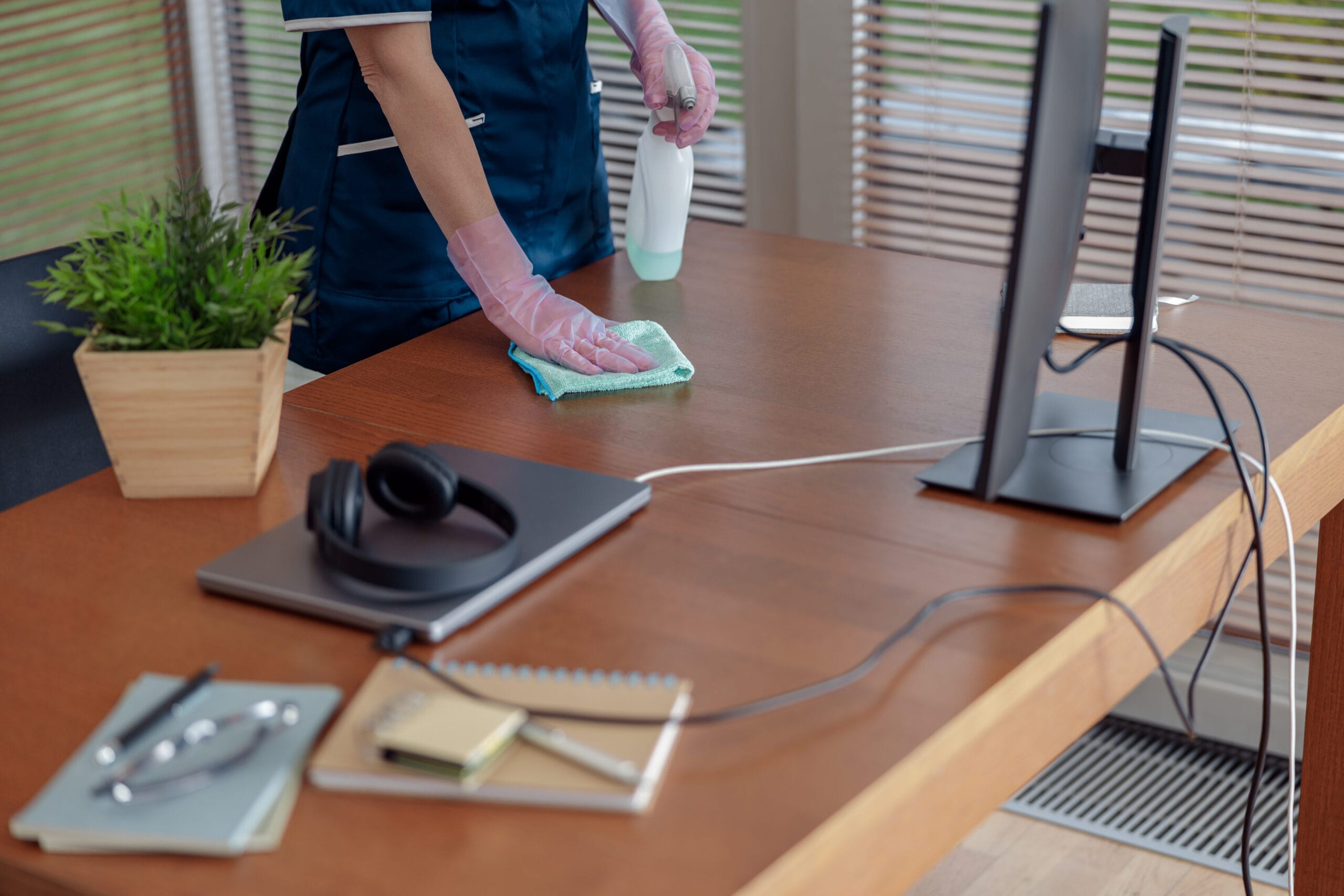
FAQs
What are disinfection protocols for co-working spaces in Silicon Valley?
Disinfection protocols for co-working spaces in Silicon Valley involve regular cleaning and disinfection of high-touch surfaces, such as desks, door handles, and shared equipment, using EPA-approved disinfectants.
Why are disinfection protocols important for co-working spaces in Silicon Valley?
Disinfection protocols are important for co-working spaces in Silicon Valley to prevent the spread of infectious diseases, such as COVID-19, and to create a safe and healthy environment for employees and members.
What are some common disinfection methods used in co-working spaces in Silicon Valley?
Common disinfection methods used in co-working spaces in Silicon Valley include wiping down surfaces with disinfectant wipes, using electrostatic sprayers to apply disinfectant, and implementing UV-C light technology for air and surface disinfection.
How often should co-working spaces in Silicon Valley be disinfected?
Co-working spaces in Silicon Valley should be disinfected regularly throughout the day, with a focus on high-touch surfaces, and deep cleaned at the end of each day to ensure a clean and safe environment for employees and members.
What are some best practices for implementing disinfection protocols in co-working spaces in Silicon Valley?
Best practices for implementing disinfection protocols in co-working spaces in Silicon Valley include providing hand sanitizer stations, promoting good hygiene practices, and communicating with employees and members about the importance of disinfection and cleanliness.


